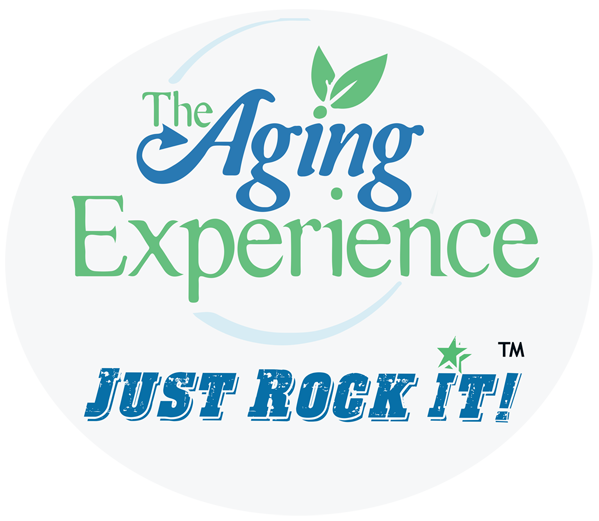The World Health Organization (WHO) estimates that 15.7% of people 60 years and older are subjected to abuse. These are underestimates, of course, because most cases of elder abuse are not reported.
(from my Sixty and Me Blog)
I had the good fortune to interview Susan Susskind for our Caregiver Smile Summit. She has worked with the International Federation of Ageing to develop a tool kit used worldwide to educate people about elder abuse. She also served as the Director of Development on a volunteer basis for the National Adult Protective Service Association.
Susan says that one out of every ten elders have been touched with some form of abuse, and 60% of that abuse is done by a family member. She echoes the WHO statistic but says that only one in 14 cases is reported.
Know the Warning Signs
First, be specially concerned if someone has dementia. With limited cognitive function, they are ripe for exploitation. Also, people who are isolated can become easy targets.
When it comes to physical abuse, use your senses. Look for signs of physical or sexual abuse – bruises, black eyes, welts, lacerations and rope marks.
Is there a new best friend around? Does a home care worker refuse to allow you to see your loved one alone?
For emotional abuse, observe if your loved one is emotionally upset or agitated. Other signs are being extremely withdrawn and non-communicative. They may even self-report being verbally or emotionally mistreated.
In terms of financial exploitation, unopened mail could indicate memory problems, vision problems or hint at financial problems. Sweepstakes circulars could indicate they or someone else is responding to offers.
Check for any changes in the loved one’s bank account. Check for any additional names on a bank signature card. Check their bank statements. Is there unauthorized withdrawal of funds?
In terms of self-neglect, observe any sudden weight loss. Is the refrigerator stocked with nourishing foods? Is the house clean? Is the laundry done? Sure, people slow down but they also may give up. That is not a good sign.
Susan shares the one of the telltale signs is simply looking for changes in the behavior of your loved one. You know them the best. Go with your gut, and if anything feels different, investigate it.
Know How to Protect Your Loved One
Susan encourages caregivers, especially long-distance caregivers, to be on the phone with a loved one as much as possible. If you are closer in geography, visit as often as you can. Scrutinize the care professionals and agencies your loved one or you are hiring for their care needs.
Also, she urges people to keep two notebooks in the house. One should contain pertinent information about your loved one – DNRs, medication lists, advance directives, etc. It is also a place where family members should write notes when they visit.
The second notebook should be for caregiving staff. This is especially useful if there is 24/7 care. The notes help the next shift as they get ready to care for the person.
It is important when you visit to enjoy your time, but also, be able to delve into potential issues with mom or dad. Schedule a visit with your elder’s physician during the time you are there.
Identify a social support system for your loved one. This includes people they can call on, such as friends, neighbors, clergy and others in regular contact.
Even if loved ones are fine, advance planning can help you to avoid a crisis in the future. Take a medication inventory. Document the names of physicians. Make sure your loved ones have a living will and durable power of attorney. Know where to find their financial information.
Report Your Concerns
In the U.S. we have Adult Protective Services (APS), social services provided to abused, neglected or exploited older adults and adults with significant disabilities. It is typically administered by local or state health, aging or regulatory departments and includes a multidisciplinary approach to helping older adults, and younger adults with disabilities, who are victims.
Services range from the initial investigation of mistreatment, to health and supportive services and legal interventions, up to and including the appointment of surrogate decision-makers such as legal guardians. Check in your country for the appropriate agencies.
If it is an emergency, simply call the police.
Elder abuse is unforgiveable and, unfortunately, happens more than we know and more than is reported. Sadly, it is often initiated by family members. It takes a village to protect our elders. Elders who are isolated or who have no family need the help of the community. That is when all of us can step up and help.
Do you know cases of elder abuse in your community? What is being done about it? How are you getting involved to protect our eldest citizens? Please share your experiences below!
 Anthony Cirillo is president of The Aging Experience. He helps organizations craft experiences and seize opportunities the mature marketplace. He helps family caregivers thrive and individuals make educated aging decisions. He is a consultant and professional speaker.
Anthony Cirillo is president of The Aging Experience. He helps organizations craft experiences and seize opportunities the mature marketplace. He helps family caregivers thrive and individuals make educated aging decisions. He is a consultant and professional speaker.

